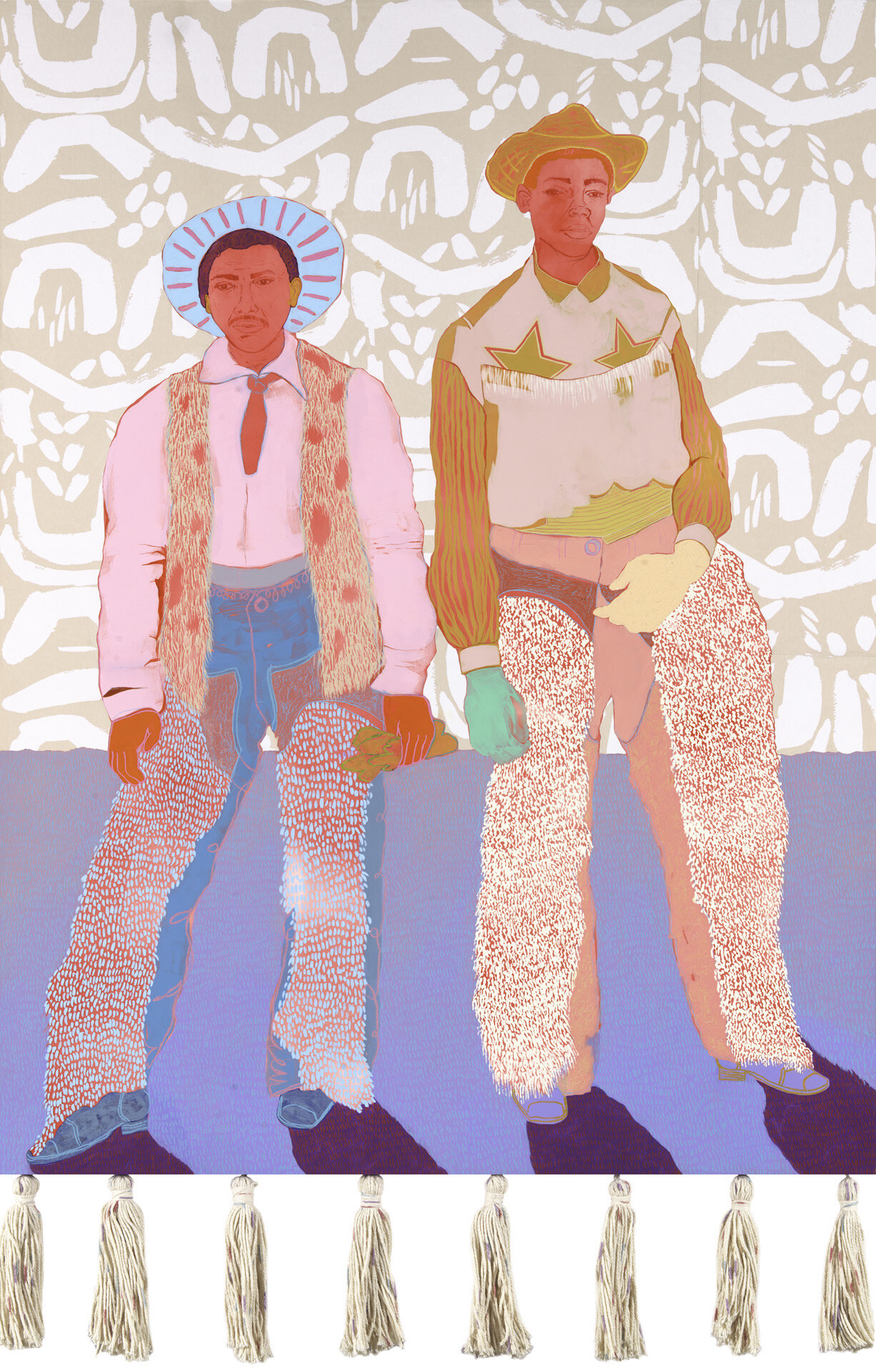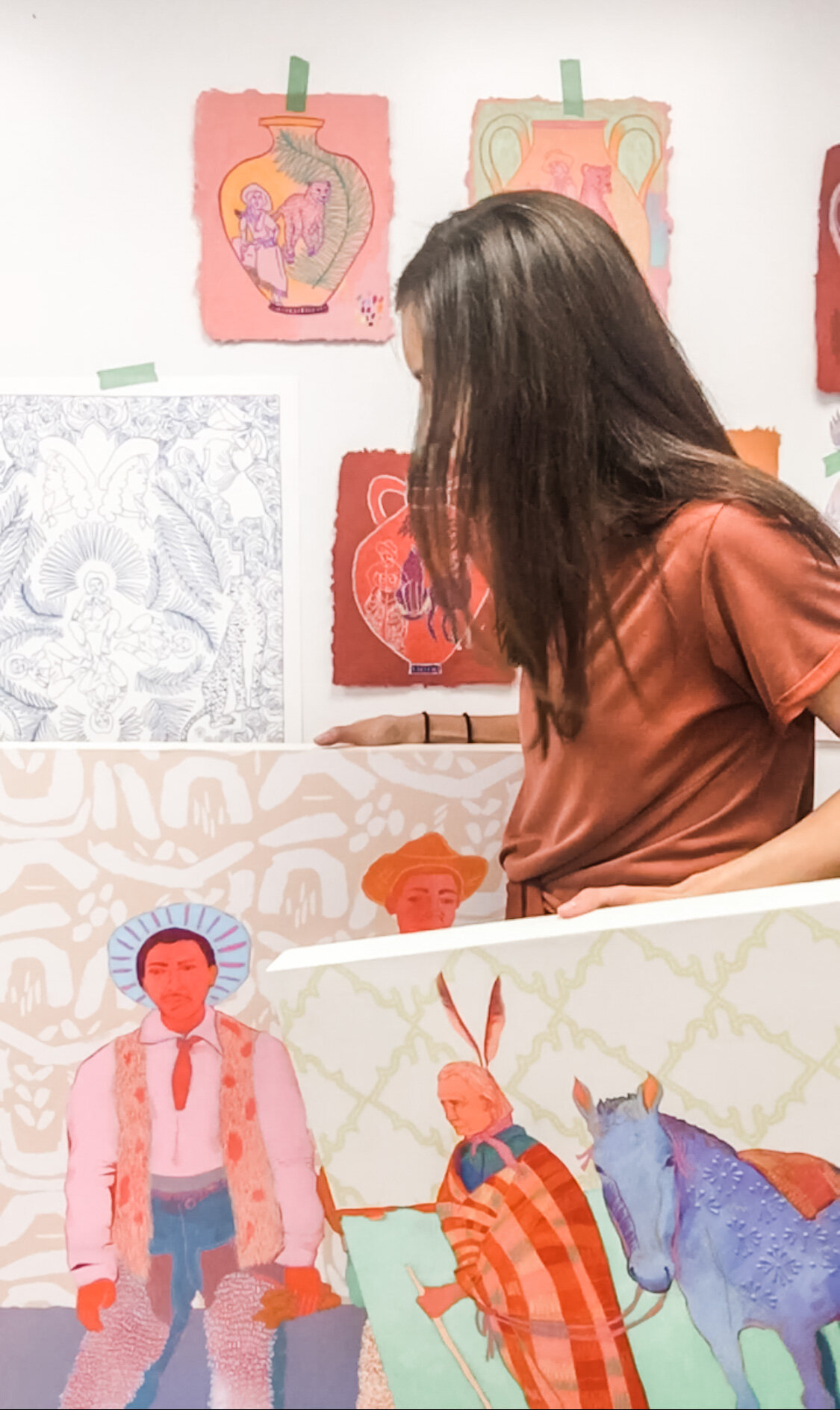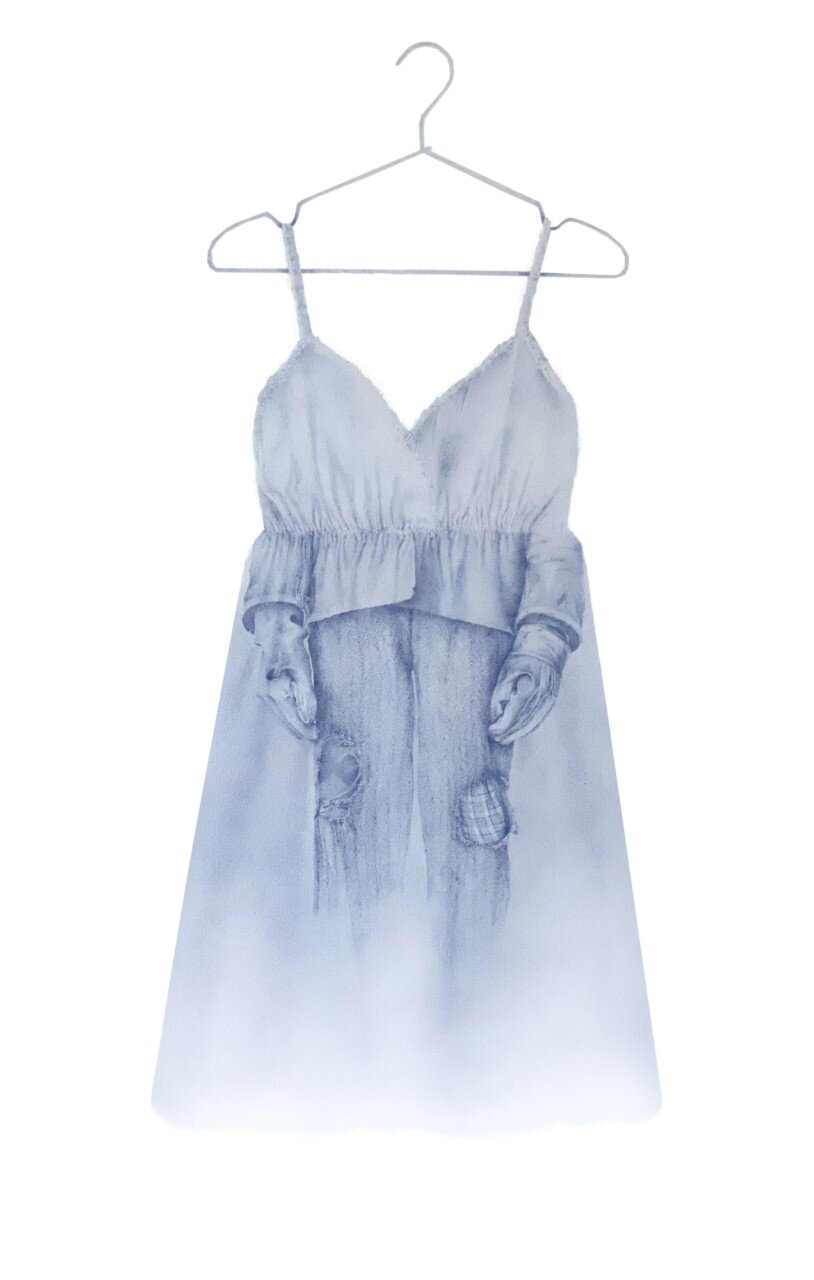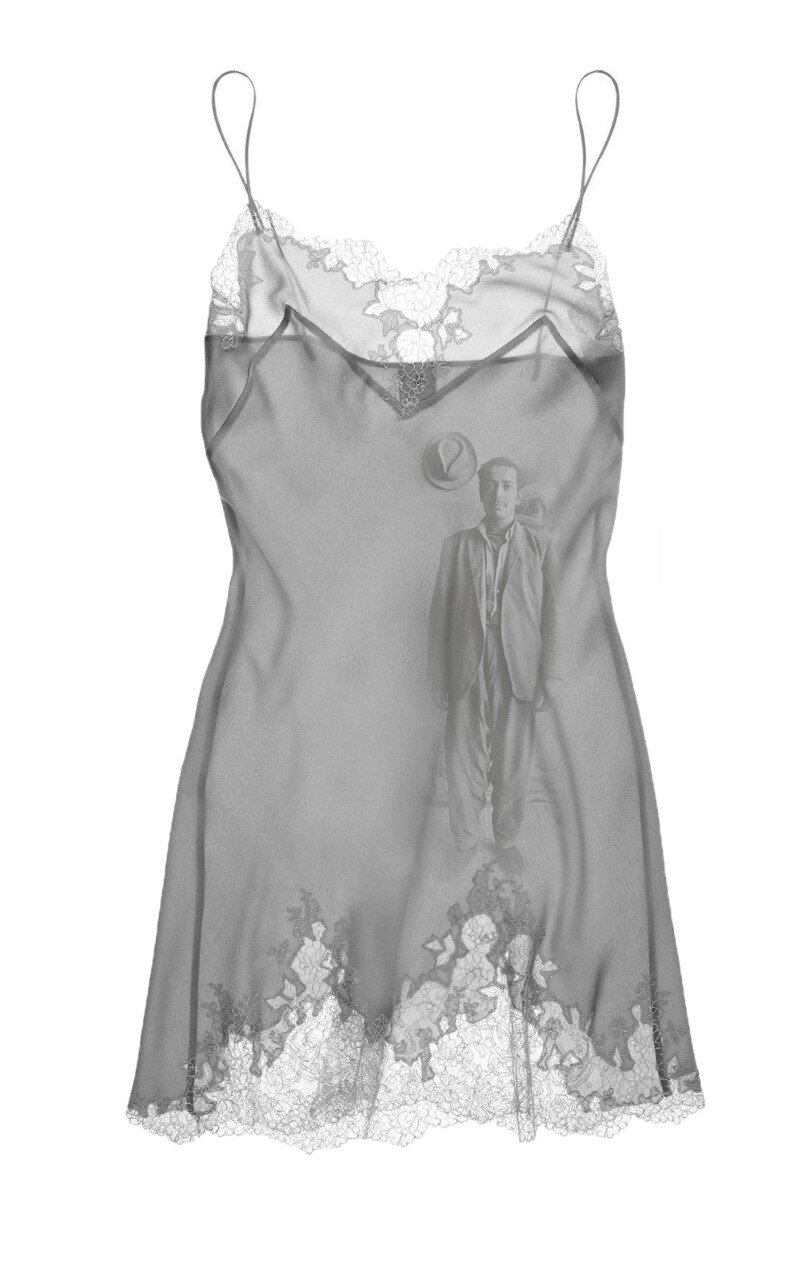4. Can you share a little about your current work in progress?
I just completed a body of work for what was to be my first actual solo exhibit slated for May but had to be postponed due to covid19 state wide closures. During the shut down and being unemployed I was able to be in the studio every day, all day, 7 days a week. This enabled me to be more focused and unrushed to finish my final piece for the exhibit and my largest piece to date, a 4’ x 6’ collage developed on top of a vintage Asian folding screen with an image of some fanciful green tailed birds in a blooming magnolia tree. Unlike earlier pieces, like Chinese Lanterns 1, what previously was densely layered loosened up and imagery (like the fishing boy) were revealed to the viewer. By doing so, a narrative developed with a cast of characters, circus acrobats, dancers, plants and animals of different sizes and shapes (all hand cut) traversed the screen… parading across the ground, amongst the tree limbs and flowers and flying thru the air, a true feast of imaginative story telling. As two boys slumbered in the bough of the tree comes the title: Dreaming In the Bough of the Magnolia Tree. As with other works developed on top of Asian imagery, I enjoyed exploring the interplay between East/West, old/new, high/low (brow).
Since the completion of this piece I have purchased another smaller Asian folding screen that has an image of a tree branch spread across the four panels with several beautiful blue birds in it’s branches. I have only just begun considering and exploring some preliminary images to insert into this landscape to see how they interact and where it takes me.
5. Are there any particular people, places or things that serve as points of inspiration for you and your work?
Vintage and nostalgic materials…weathered/worn toys, books and clothing for their patterns, colors, shapes, line work and essence. Nature (particularly the beach) for the same reasons but also for the sense of being alive, free, opening and clearing one’s mind, play. The list of artists I admire are vast, varied, multi disciplined, including dance and architecture, famous and not, and a strong love for folk and indigenous arts.



















